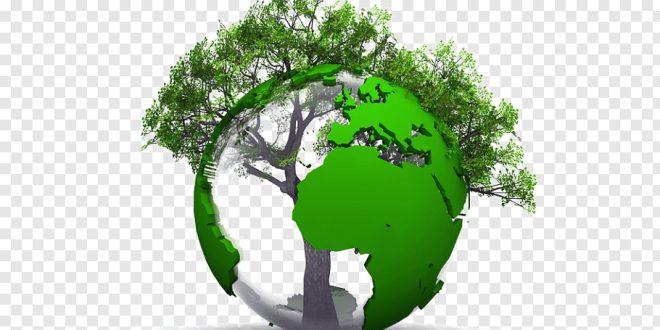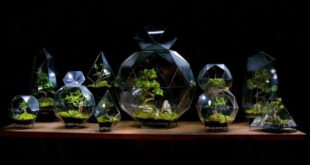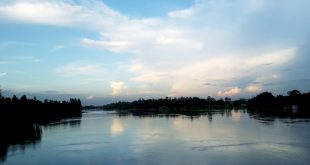Geosphere
The area near the surface of the earth can be divided into four inter-connected “geo-spheres” – lithosphere, hydrosphere, biosphere and atmosphere.
The names of the four spheres are derived from the Greek words for stone (litho), air (atmo), water (hydro), and life (bio).
Lithosphere
The lithosphere is the solid, rocky crust covering entire planet. This crust is inorganic and is composed of minerals. It covers the entire surface of the earth from the top of Mount Everest to the bottom of the Mariana Trench.
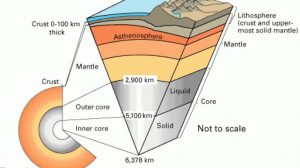
Hydrosphere
The hydrosphere is composed of all of the water on or near the earth. This includes the oceans, rivers, lakes, and even the moisture in the air. 97% of the earth’s water is in the oceans. The remaining 3% is fresh water; three-quarters of the fresh water is solid and exists in ice sheets.
Atmosphere
The atmosphere is the body of air which surrounds our planet. Most of our atmosphere is located close to the earth’s surface where it is most dense. The air of our planet is 78% nitrogen and just under 21%10oxygen; the small amount remaining is composed of carbon dioxide and other gasses.
Biosphere
The area surrounding the earth surface where there exists life is called Biosphere. Biosphere includes Lithosphere, hydrosphere and atmosphere.
Best safe and secure cloud storage with password protection
Get Envato Elements, Prime Video, Hotstar and Netflix For Free
Best Money Earning Website 100$ Day
#1 Top ranking article submission website
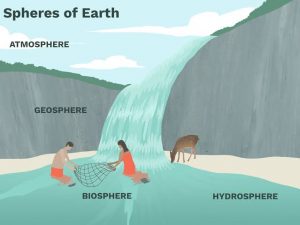
Plants, animals, and micro-organisms; all are part of the biosphere. Most of the planet’s life is found from 3 meters below the ground to 30 meters above it and in the top 200 meters of the oceans and seas.
Essential Elements
There are 118 elements on earth of which 94 are naturally found.
24 elements are required for life for growth and development and without which organisms die. These are known as Essential elements. Essential elements are of two types:
Macro-nutrients:
These are required in large quantities by the living organisms. They form 95% of the mass of the organisms. e.g.oxygen (O), carbon (C), hydrogen (H), nitrogen (N), sulphur (S) and phosphorus ( P).
Micro-nutrients:
These are required in small/medium quantities, or not at all for some organisms – copper (Cu), sodium (Na), iodine (I).
Elements tend to move in cyclic order from living to non-living compartments of the environment.
Reservoirs
The elements are sometimes held for long periods of time in one compartment – called reservoir. Reservoir includes coal deposits that are storing carbon for a long period of time.
Elements are held for only short periods of time. Another compartment called exchange pools e.g. plants and animals.
Generally, reservoirs are abiotic whereas exchange pools are biotic compartments.
 Plantlet The Blogging Platform of Department of Botany, University of Dhaka
Plantlet The Blogging Platform of Department of Botany, University of Dhaka
